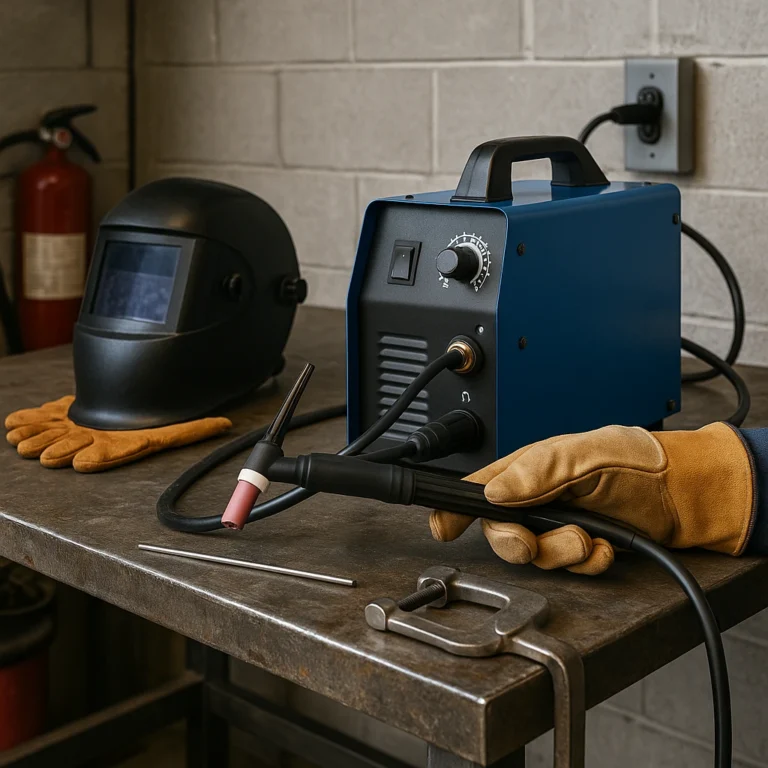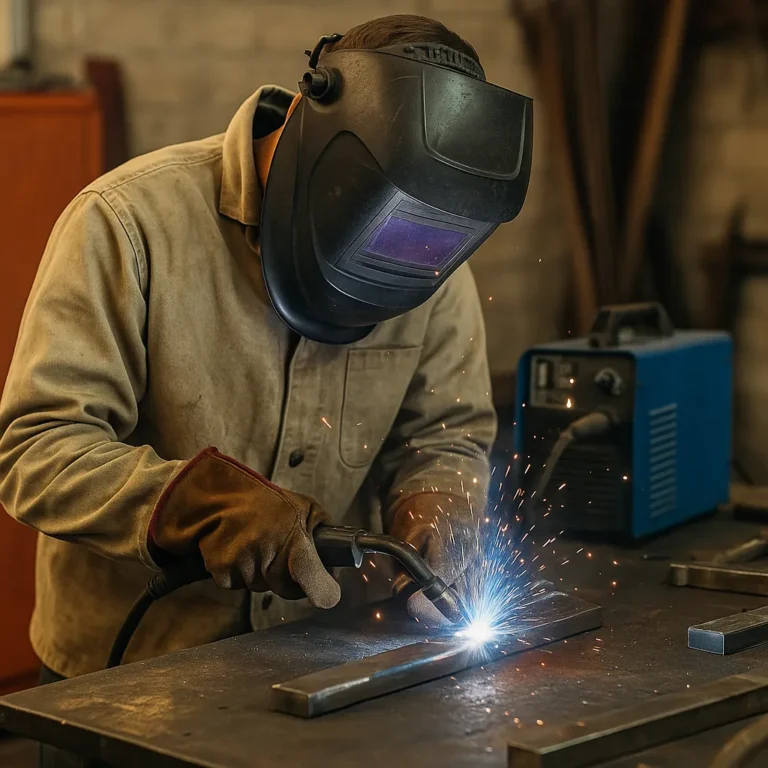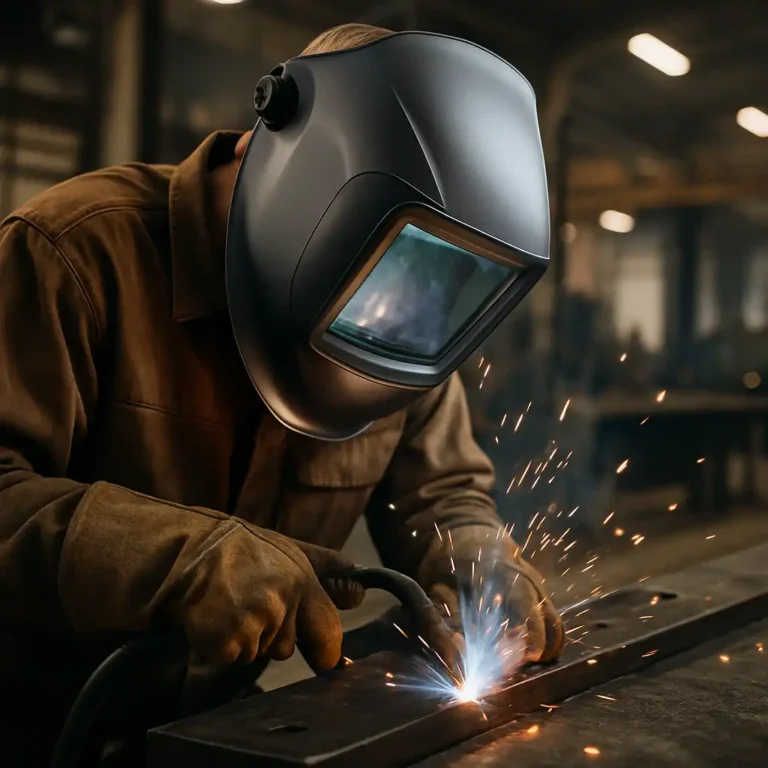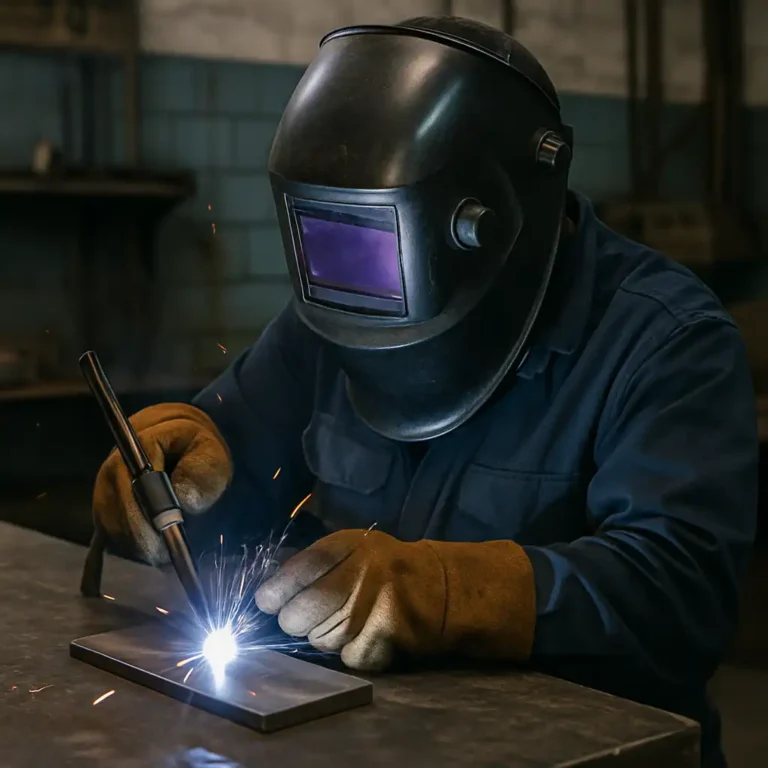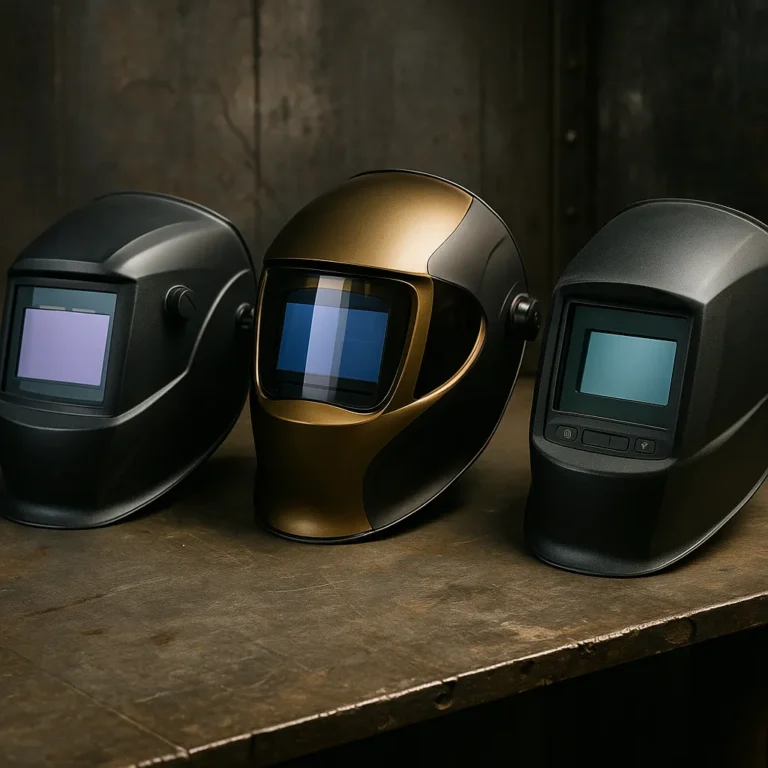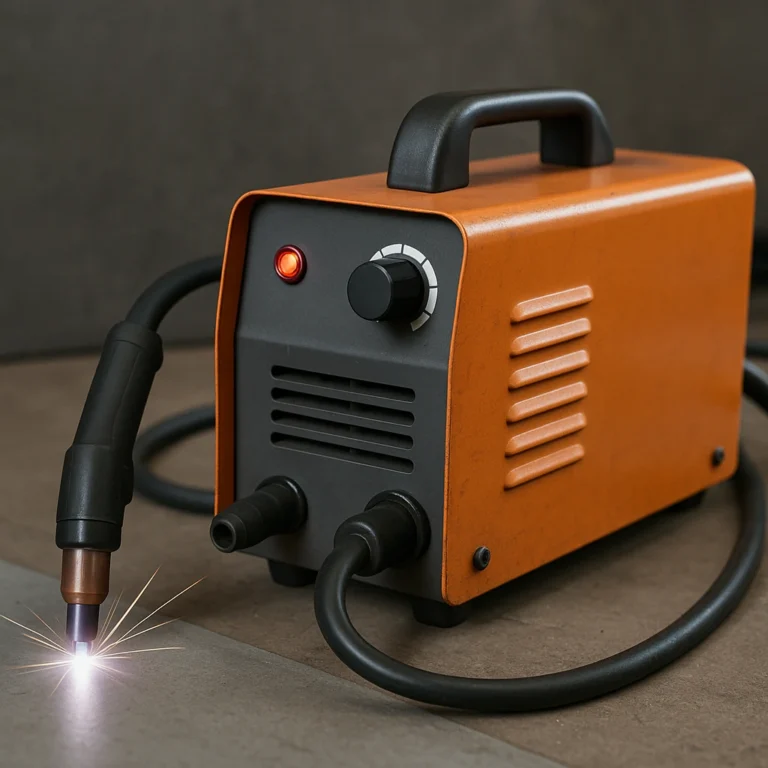Welding Hood vs Welding Helmet: Choosing the Right Gear for Your Work Style
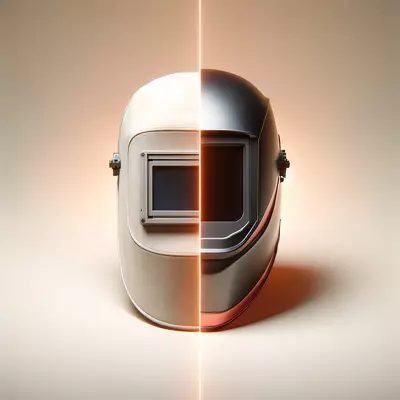
Disclosure: This post contains affiliate links. As an Amazon Associate, I earn from qualifying purchases—at no extra cost to you.
When it comes to welding gear, your head protection isn’t just a formality—it’s a major part of your daily grind. Whether you’re laying pipe outdoors or running bead after bead in a fabrication shop, the right helmet (or hood) makes a huge difference. It affects your visibility, comfort, and even how long you can weld without feeling burnt out—literally and mentally.
Welding Hood vs Helmet: What’s the Actual Difference?
A welding hood typically refers to those classic fiberglass designs—often seen in pipeline welding. They’re lightweight, durable, and simple. Most don’t have electronics or fancy adjustments, but that’s exactly why some welders prefer them. They’re built to last and ideal for tough, confined environments.
A welding helmet, on the other hand, is usually a more modern setup—auto-darkening lenses, digital controls, larger viewing screens, and extra padding. These are ideal for shop use, varied welding types, or anyone who wants a bit more comfort and versatility during long hours under the hood.
Tefuawe Pipeliner Hood Review
View on Amazon – Tefuawe Pipeliner Welding Hood
This fiberglass pipeliner-style hood holds its own in demanding field conditions. It’s tough, lightweight, and equipped with a true-color auto-darkening lens that offers a viewing area of 3.93″ x 3.66″. With adjustable shade levels (5–9 and 9–13), it gives solid flexibility for different welding jobs without overcomplicating things.
Welders using it for outdoor and pipe jobs say it’s reliable, rugged, and stays comfortable for long shifts. There’s not a ton of padding or bells and whistles—but if you value simplicity, it hits the mark.
YESWELDER M800H Helmet Review
View on Amazon – YESWELDER LYG-M800H Helmet
If comfort and clarity are at the top of your list, the YESWELDER M800H is hard to beat. It’s got a large 3.93″ x 3.66″ viewing screen, four arc sensors, and wide shade control (3–13), making it a solid pick for TIG, MIG, and stick welding.
Many welders appreciate how quickly the lens adjusts and how clear the view is, even before striking the arc. The true-color tech really helps with puddle visibility, and the headgear offers good support for long workdays.
How to Decide Between a Hood and a Helmet
Choosing between these two comes down to how you work. If you’re crawling under pipe racks or working in tight quarters, a low-profile hood like the Tefuawe makes sense. It’s built to take a beating and stay out of your way.
If you’re working in a shop, switching between welding processes, or just want a more comfortable setup, the YESWELDER helmet offers a better all-around experience.
Conclusion
Welding hoods and helmets both have their place. A hood offers rugged reliability with minimal distractions—perfect for fieldwork or pipe welders. Helmets, especially auto-darkening ones, give you control, comfort, and adaptability in a wider range of jobs. Pick the one that matches your workspace, your needs, and the way you weld.

